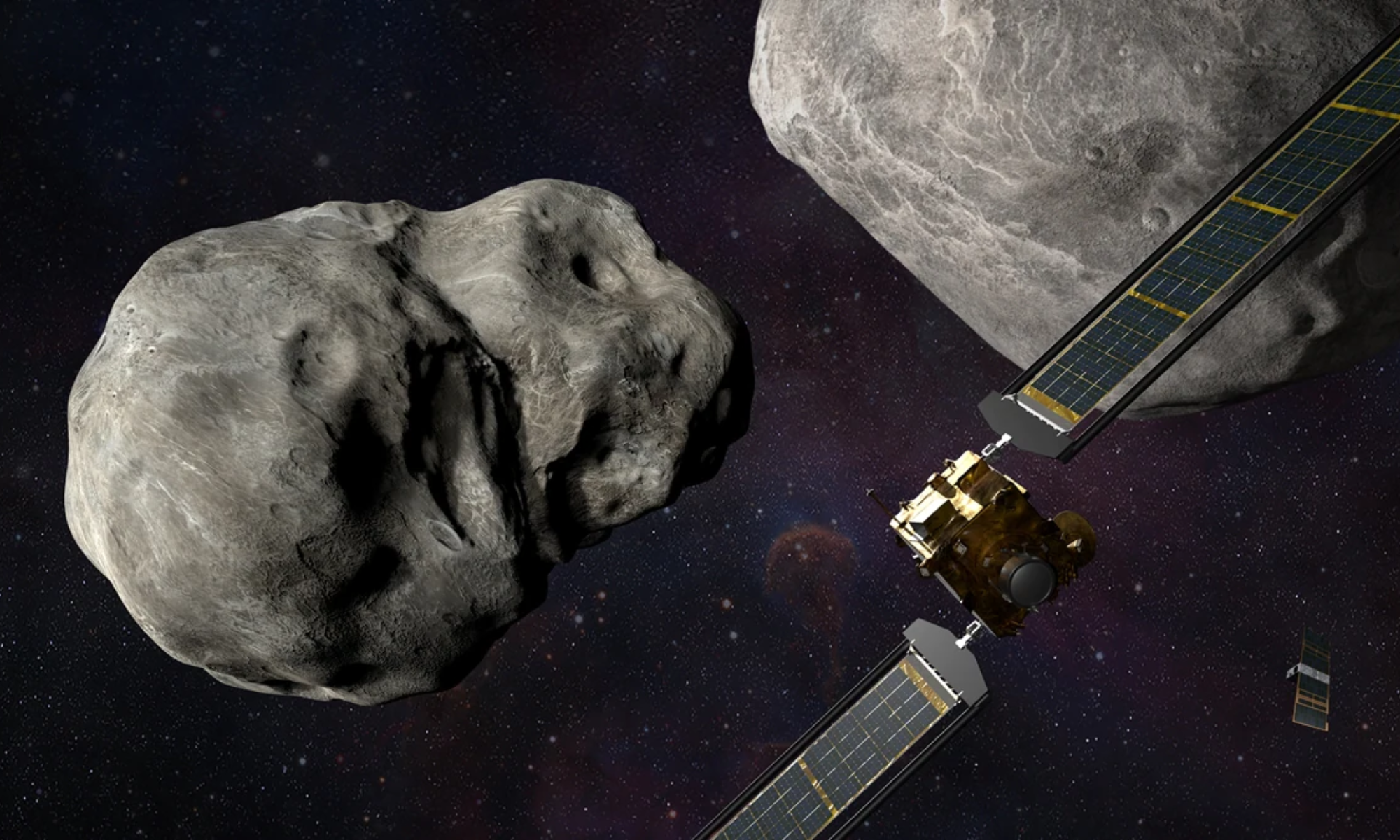NASA’s DART Mission to collide with an asteroid: In order to test a crucial technology that might be used to divert asteroids heading towards Earth, the Double Asteroid Redirection Test (DART) mission, which is nearing the end of its life, will fall on an asteroid. The spacecraft has travelled along a celestial path under Jupiter’s supervision, which is the largest planet in the solar system. On September 26, the spacecraft will travel at a speed of 24,000 kilometres per hour as it collides with the Didymos binary asteroid system, softly deflecting and altering its orbit.
NASA’s DART Mission to collide with an asteroid: Key Points
- The spacecraft has travelled through our Solar System in a heavenly direction, sailing close to the planet and pointed at distant stars.
- In order to plot a course to its target, it took pictures of far-off stars and planets with its Didymos Reconnaissance and Asteroid Camera for Optical Navigation (DRACO).
- In order to support continuing spacecraft testing and rehearsals leading up to the spacecraft’s kinetic impact into Dimorphos, NASA released this photograph of Jupiter with its four moons that was taken by the Dart mission.
- As Jupiter’s moon Europa emerged from behind the planet, the mission team focused the DRACO imager at the planet to test the SMART Nav system.
Important Takeaways For All Competitive Exams:
- NASA headquarters: Washington, D.C., United States
- NASA Administrator: Bill Nelson




 Weekly Current Affairs One Liners 08th t...
Weekly Current Affairs One Liners 08th t...
 Which Indian City is Known as the Footwe...
Which Indian City is Known as the Footwe...
 Which Desert is known as the Cold Desert...
Which Desert is known as the Cold Desert...







